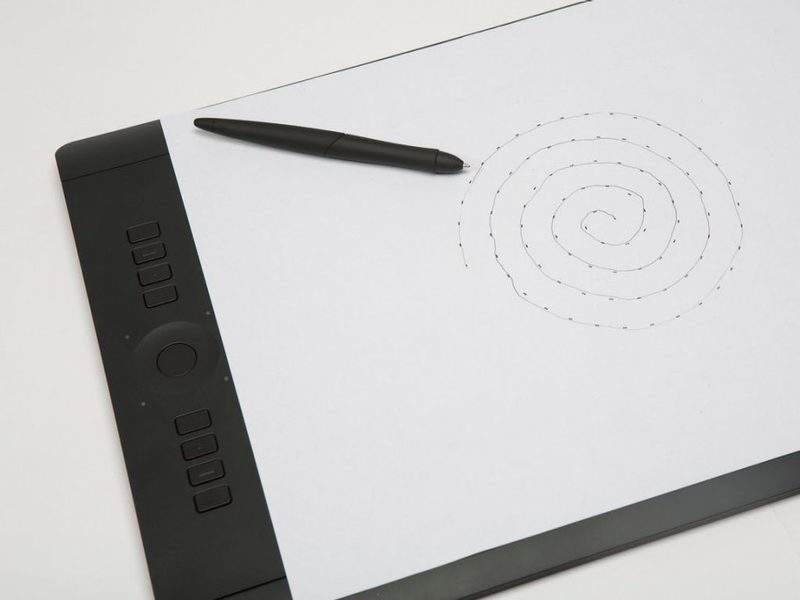

Researchers at the RMIT University in Australia have developed new diagnostic software to detect the first signs of Parkinson’s disease, even before appearance of physical symptoms.
Designed to work with existing technologies, the new software is said to possess an accuracy rate of 93%.
The software is intended to act as a standard screening tool for the disease, which currently has no laboratory tests for diagnosis in earliest stages.
According to chief investigator professor Dinesh Kumar, several Parkinson’s treatment options are effective during its early stages, since late diagnosis is reported to damage nerve cells irreversibly.
Professor Kumar said: “Pushing back the point at which treatment can start is critical because we know that by the time someone starts to experience tremors or rigidity, it may already be too late.
“We’ve long known that Parkinson’s disease affects the writing and sketching abilities of patients, but efforts to translate that insight into a reliable assessment method have failed, until now.”
How well do you really know your competitors?
Access the most comprehensive Company Profiles on the market, powered by GlobalData. Save hours of research. Gain competitive edge.

Thank you!
Your download email will arrive shortly
Not ready to buy yet? Download a free sample
We are confident about the unique quality of our Company Profiles. However, we want you to make the most beneficial decision for your business, so we offer a free sample that you can download by submitting the below form
By GlobalDataThe customised software is developed to record the way a person draws a spiral and analyse the recorded data in real-time.
Led by RMIT biomedical engineering PhD researcher Poonam Zham in collaboration with Dandenong Neurology, the research included a study with 62 Parkinson’s disease patients.
Of the total subjects, 50% did not have visible symptoms, while the remainder had mild to severe condition.
Upon comparing the effectiveness of various dexterity tasks such as writing a sentence, individual letters, a sequence of letters and sketching a guided Archimedean spiral, researchers found that spiral was the most reliable and the easiest for subjects to complete.
Zham said: “Our study had some limitations so we need to do more work to validate our results, including a longitudinal study on different demographics and a trial of patients who are not taking medication.
“But we’re excited by the potential for this simple-to-use and cost-effective technology to transform the way we diagnose Parkinson’s, and the promise it holds for changing the lives of millions around the world.”
Image: The only equipment needed to run the diagnostic test is a pen, paper and a digital drawing tablet. Photo: © RMIT University.







